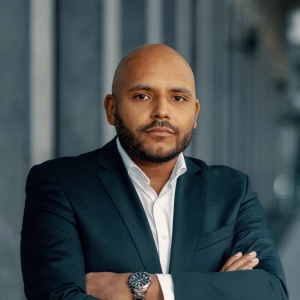Hi all!
I have a question regarding structuring answers for cost reduction cases.
I usually use a basic cost breakdown of the different business units of the company, as a way to investigate potential for cost optimization and associated risks.
The solution suggested for one of the case* I just did encompasses a much wider scope, including financial reports, company structure, competitors, business unit strategy, market trends and other industry factors.
Generally, when asked for cost reduction potential, should the first framework be more of a "business situation framework", or is a "cost breakdown" presented as an investigation of reduction lever an acceptable approach ?
Thank you very much for your insights,
Best
Marie-Eve
PS: if the prompt may be decisive in which framework to chose, what specific indicators to look for? Here is the prompt of the case I refered to, in case there is something in the prompt, or the initial question that would help determing why opting for a business situation framework is better than a sheer cost analysis, I am interested in understanding it :)
* "Your client is the CEO of a leading diversified healthcare products and pharmaceuticals company - HealthCareCo.
The company’s principal business is the discovery, development, manufacture and sale of a broad and diversified line of healthcare products.
Thinking ahead for the next 5 years, the CEO of HealthCareCo wants to consider cost optimization as one of the important elements of his strategy.
He has engaged McKinsey to help him with this effort.
What would be the key factors that you would consider in preparation of your first meeting with the CEO and his team?"













